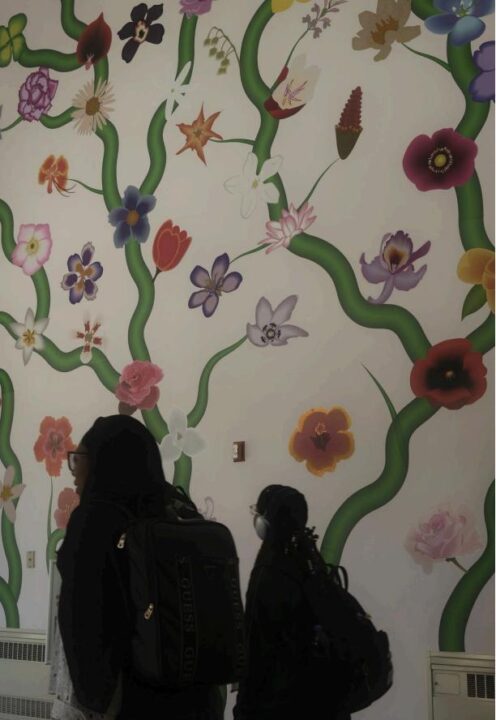Diversity isn’t enough. This is a lesson I have learned time and again. Educational institutions and systems, the University of Maryland, Baltimore County included, can recite statistics showing that racial minorities are present at their institutions and even succeeding, but that does not mean that there still aren’t racial issues happening. We still need to educate people and question the quality of the educational experiences of those racial minorities.
At the high school I attended, more than 50 percent of the student population is Black. The school is located in Montgomery County, which is often noted for its racial diversity despite the de facto segregation that exists there.
I was surprised when I started learning about the achievement gap that was evident in many other Montgomery County schools, with some students of color feeling isolated because few others in their honors or advanced placement courses looked like them. I was always among other Black people, no matter how advanced the course.
But the omnipresence of Black students wasn’t enough to combat ignorance. It wasn’t enough to prevent White students at my school from putting a belt around the neck of a Black student, calling him “boy” and posting the video to Snapchat, labeling him a “cotton-picking” n-word.
It was all just meant to be a joke, of course. That the students involved in the video saw nothing wrong with it is a testament to the fact that simply putting people next to racial minorities in a class isn’t enough. Schools are places of learning, and yet, such profound ignorance flourished, revealing a failure of our education system.
Now, I’m not sure if any amount of class time instruction would have prevented the students involved in that video from doing what they did, but they certainly didn’t seem to understand the gravity of their actions, nor the history behind the kind of imagery they shared online.
They had, like all students in Montgomery County at that time, an opportunity to learn, in the form of a single-semester African American history elective.
When I took that course, my teacher did his best to cover a time period from before the colonization of African countries that began in the late nineteenth century to the present, and did very well considering the Herculean nature of the task. But as is often the case with such courses, it was Black students who filled the seats.
It was there that I learned of Malcolm X as a leader in his own right and not as some hyper radical foil to Martin Luther King Jr. It was there that I first remember discussing the rich variety of African countries, and their history before the aforementioned European colonization.
But some students never get the benefit of that. They don’t take the designated courses to learn about Black history. So they continue on and bring that ignorance with them to college.
It leads them to do things like call someone colored, something I witnessed happen to a junior when I was a freshman at UMBC. Then I heard about it happening to a freshman student when I was a junior. Four years separating those two young women, and who knows how many other differences, but they both faced the same example of ignorance at the same institution from two different people.
In combating such ignorance, there are a few things that should happen going forward. Each of Maryland’s counties needs to re-evaluate all of their curricula because I can easily see how race fits into discussions about the major subjects of science, history and English. I’m not exactly sure about math, but I wouldn’t be surprised.
They also need to adopt a graduation requirement of a freshman year Diversity, Inclusion and Equity course, like that of Anne Arundel county. Hopefully, that will decrease the chances that students at my former high school pretend to enslave other students again or wear Blackface like students of Walt Whitman High School were once caught doing.
And if students continue to make it to UMBC and don’t know things, like not to call people “colored,” their previous education has failed them, that’s true. But I have to believe that they’re not lost causes. If we’ve learned everything about life that we’re going to learn by the time we enter college, there’s really no point in the existence of college.
Which is to say that by not ensuring that students receive education on racial issues at universities, including UMBC, by thinking that we have enough minorities around to create a culture of diversity so that they “get it,” we do them a disservice.
If I can have a specific “Culture, Diversity and Context” requirement as a psych major or a “Diversity” course requirement as an English major, I’m not sure why such a requirement can’t exist for all UMBC students.
Simply mandating “social science courses” or even the “culture” general education requirement clearly isn’t enough, especially when an intro philosophy course, for example, can be used toward the culture credit.
If we want people to learn, we must teach, and sometimes that involves insisting that they gain a broader perspective which is part of the reason that high schools and colleges have the course requirements that they do. But we’re letting some things and people slip through the cracks, so let’s address it and banish some of the ignorance that exists on school campuses and in our world.
There’s already plenty.
